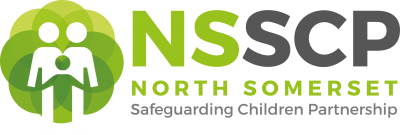There are four main types of abuse.
Physical abuse
This is when someone hurts a child on purpose and with the intent to cause harm. This can include hitting, shaking, throwing, poisoning, burning, drowning, or suffocating. If it causes them physical harm, such as cuts, bruises, broken bones or other injuries, it is physical abuse.
Anyone can hurt a child - a relative, friend or stranger. It can also be caused when a parent or carer fabricates the symptoms of, or deliberately induces, illness in a child.
Signs of physical abuse
- Children with frequent injuries
- Children with unexplained or unusual fractures or broken bones
- Children with unexplained:
- bruises or cuts
- burns or scalds
- bite marks
Children may be more at risk if their parents have problems with drugs, alcohol and mental health or if they live in a home where domestic abuse happens. Babies and disabled children also have a higher risk of suffering physical abuse.
